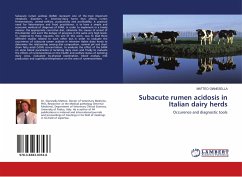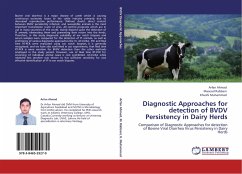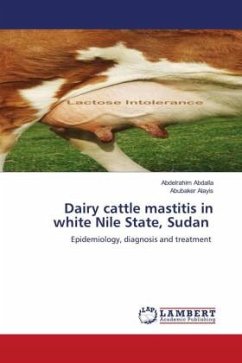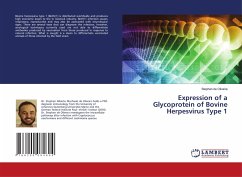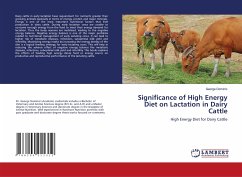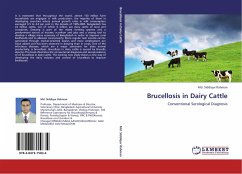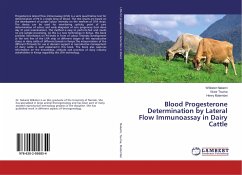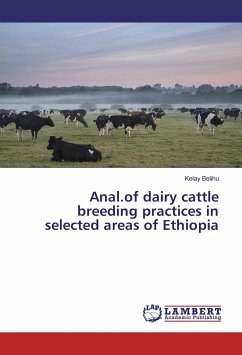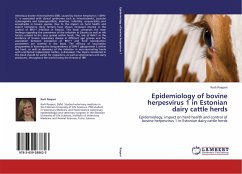
Epidemiology of bovine herpesvirus 1 in Estonian dairy cattle herds
Epidemiology, impact on herd health and control of bovine herpesvirus 1 in Estonian dairy cattle herds
Versandkostenfrei!
Versandfertig in 6-10 Tagen
39,99 €
inkl. MwSt.

PAYBACK Punkte
20 °P sammeln!
Infectious bovine rhinotracheitis (IBR), caused by bovine herpesvirus 1 (BHV-1), is associated with clinical syndromes such as rhinotracheitis, pustular vulvovaginitis and balanoposthitis, abortion, infertility, conjunctivitis and encephalitis in bovine species. Due to the impact on herd health and export limitations, dairy farmers have shown increased interest in the control of BHV-1 infection in Estonia. This book comprises the main findings regarding the prevalence of the infection in Estonia as well as risk factors related to the virus spread within herds. The role of BHV-1 in the incidenc...
Infectious bovine rhinotracheitis (IBR), caused by bovine herpesvirus 1 (BHV-1), is associated with clinical syndromes such as rhinotracheitis, pustular vulvovaginitis and balanoposthitis, abortion, infertility, conjunctivitis and encephalitis in bovine species. Due to the impact on herd health and export limitations, dairy farmers have shown increased interest in the control of BHV-1 infection in Estonia. This book comprises the main findings regarding the prevalence of the infection in Estonia as well as risk factors related to the virus spread within herds. The role of BHV-1 in the incidence of bovine respiratory disease in different age groups and the association between prevalence of BHV-1 and herd reproduction parameters are covered in the book. The efficacy of vaccination programmes in lowering the seroprevalence of BHV-1 glycoprotein E within the herd, as well as dynamics of the infection in non-vaccinating herds with uninfected replacement heifers, is discussed. The topics considered in this book should be useful for reseachers, as well as veterinarians and dairy producers, throughout the world facing the threats of IBR




